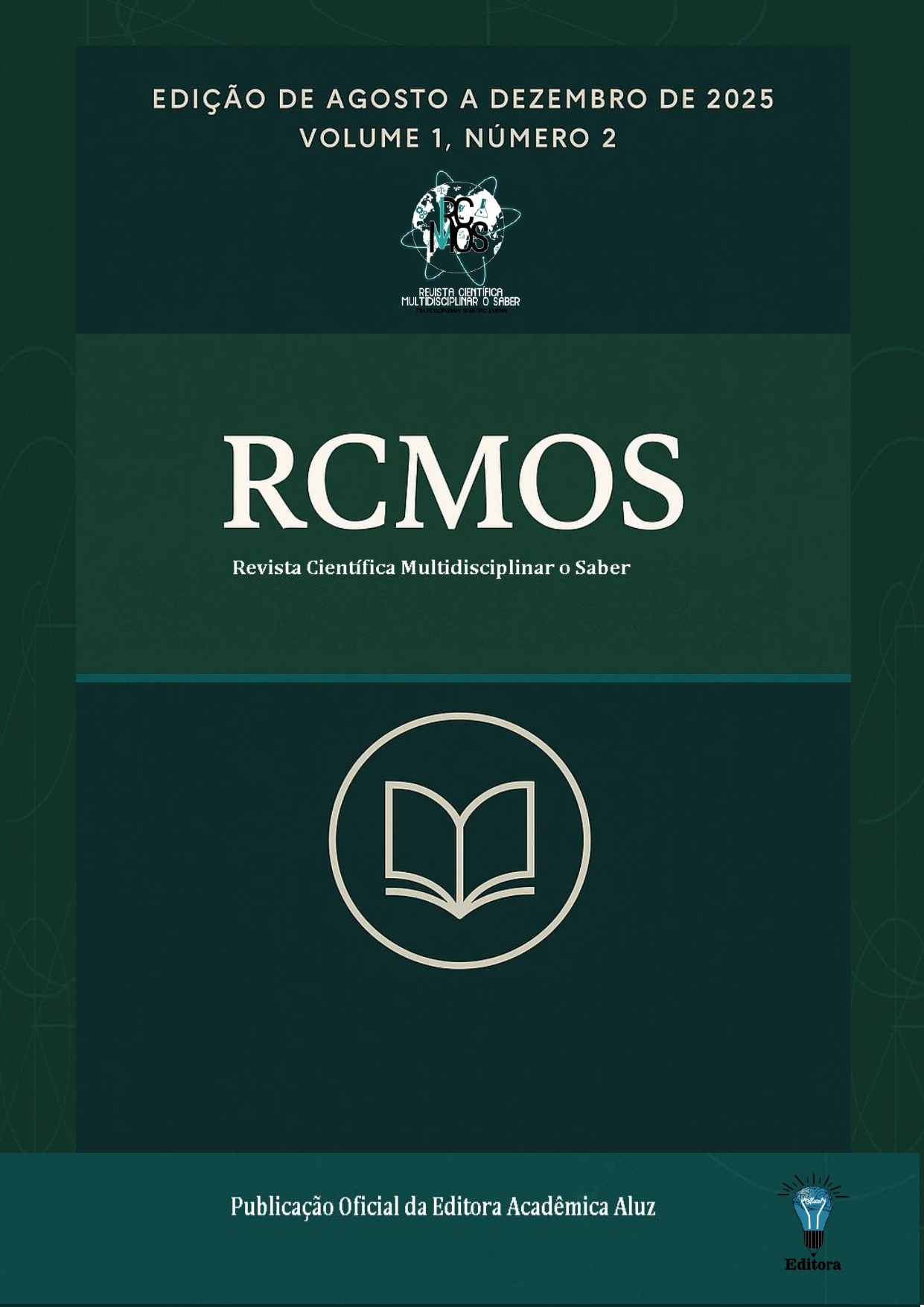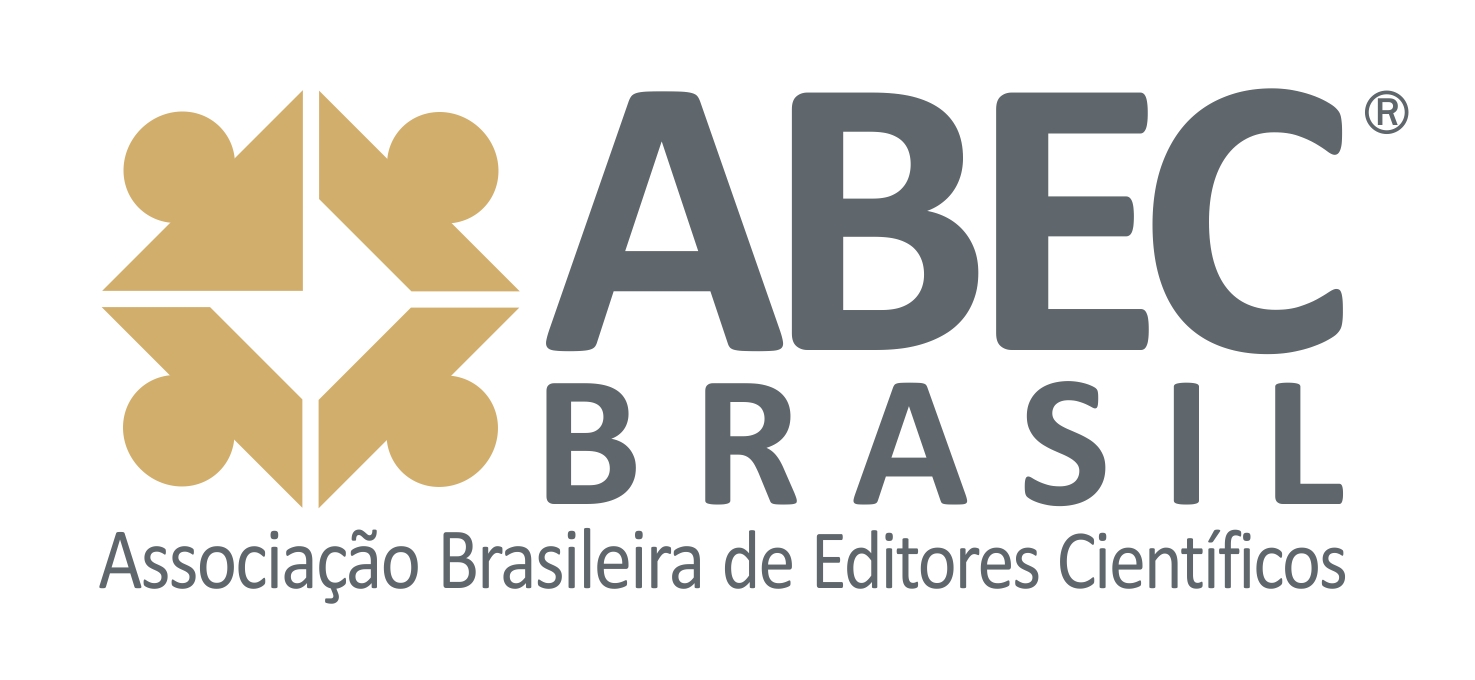Bioceramic cements in contemporary endodontics: fundamentals and perspectives
Bioceramic cements in contemporary endodontics: fundamentals and perspectives
DOI:
https://doi.org/10.51473/rcmos.v1i2.2025.1242Keywords:
Biocompatible Materials; Root Canal Filling Materials; Endodontics; Dental Cements; Dental Materials; Root Canal ObturationAbstract
Bioceramic cements represent one of the main innovations in contemporary endodontics, standing out for their superior physicochemical and biological properties. This article aims to discuss the evolution of these materials, their clinical applications, advantages, and limitations in comparison to traditional obturation cements, such as epoxy-based and MTA-based cements. Topics such as biocompatibility, bioactivity, apical sealing, mechanical strength, dimensional stability, and clinical performance in different contexts are addressed. The literature review highlights significant benefits of bioceramic cements, such as better tissue response, adaptation to dentinal walls, regenerative potential, and ease of use in procedures like obturation, perforation sealing, resorption, and periradicular surgeries. However, challenges such as difficulty of removal during retreatments and heterogeneity among commercial formulations still limit their universal adoption. It is concluded that bioceramic cements have the potential to become the materials of choice in endodontic practice, provided that their indication is based on well-established clinical criteria. Future advances may include personalized bioactive formulations and integration with digital technologies, further expanding their applicability in regenerative therapies.
Downloads
References
Candeiro GT de M, Correia FC, Duarte MAH, Ribeiro-Siqueira DC, Gavini G. Evaluation of Radiopacity, pH, Release of Calcium Ions, and Flow of a Bioceramic Root Canal Sealer. J Endod. 2012;38(6):842–5. DOI: https://doi.org/10.1016/j.joen.2012.02.029
Zhang W, Li Z, Peng B. Assessment of a new root canal sealer’s apical sealing ability. Oral Surg Oral Med Oral Pathol Oral Radiol Endodontology. 2009;107(6):e79–82. DOI: https://doi.org/10.1016/j.tripleo.2009.02.024
Han L, Okiji T. Bioactivity evaluation of three calcium silicate-based endodontic materials. Int Endod J. 2013;46(9):808–14. DOI: https://doi.org/10.1111/iej.12062
Camilleri J. Evaluation of Selected Properties of Mineral Trioxide Aggregate Sealer Cement. J Endod. 2009;35(10):1412–7. DOI: https://doi.org/10.1016/j.joen.2009.07.008
AL-Haddad A, Che Ab Aziz ZA. Bioceramic-Based Root Canal Sealers: A Review. Int J Biomater. 2016;2016:1–10. DOI: https://doi.org/10.1155/2016/9753210
Oliveira ACM, Tanomaru JMG, Faria-Junior N, Tanomaru-Filho M. Bacterial leakage in root canals filled with conventional and MTA-based sealers. Int Endod J. 2011;44(4):370–5. DOI: https://doi.org/10.1111/j.1365-2591.2011.01852.x
Viapiana R, Flumignan DL, Guerreiro-Tanomaru JM, Camilleri J, Tanomaru-Filho M. Physicochemical and mechanical properties of zirconium oxide and niobium oxide modified Portland cement-based experimental endodontic sealers. Int Endod J. 2013;47(5):437–48. DOI: https://doi.org/10.1111/iej.12167
Borges RP, Sousa-Neto MD, Versiani MA, Rached-Júnior FA, De-Deus G, Miranda CES, et al. Changes in the surface of four calcium silicate-containing endodontic materials and an epoxy resin-based sealer after a solubility test. Int Endod J. 2011;45(5):419–28. DOI: https://doi.org/10.1111/j.1365-2591.2011.01992.x
Parirokh M, Torabinejad M. Mineral Trioxide Aggregate: A Comprehensive Literature Review—Part I: Chemical, Physical, and Antibacterial Properties. J Endod. 2010;36(1):16–27. DOI: https://doi.org/10.1016/j.joen.2009.09.006
Wigler R, Kaufman AY, Lin S, Steinbock N, Hazan-Molina H, Torneck CD. Revascularization: A Treatment for Permanent Teeth with Necrotic Pulp and Incomplete Root Development. J Endod. 2013;39(3):319–26. DOI: https://doi.org/10.1016/j.joen.2012.11.014
Toubes KS de, Tonelli SQ, Girelli CFM, Azevedo CG de S, Thompson ACT, Nunes E, et al. Bio-C Repair - A New Bioceramic Material for Root Perforation Management: Two Case Reports. Braz Dent J. 2021;32(1):104–10. DOI: https://doi.org/10.1590/0103-6440202103568
Saman A, Cooper PR, Cathro P, Gould M, Dias G, Ratnayake J. Bioceramics in Endodontics: Limitations and Future Innovations—A Review. Dent J. 2025;13(4):157–157. DOI: https://doi.org/10.3390/dj13040157
Wang X, Xiao Y, Song W, Ye L, Yang C, Xing Y, et al. Clinical application of calcium silicate-based bioceramics in endodontics. J Transl Med. 2023;21(1). DOI: https://doi.org/10.1186/s12967-023-04550-4
Zhang W, Liu H, Wang Z, Haapasalo M, Jiang Q, Shen Y. Long-term porosity and retreatability of oval-shaped canals obturated using two different methods with a novel tricalcium silicate sealer. Clin Oral Investig. 2021;26(1):1045–52. DOI: https://doi.org/10.1007/s00784-021-04088-z
Huffman BP, Mai S, Pinna L, Weller RN, Primus CM, Gutmann JL, et al. Dislocation resistance of ProRoot Endo Sealer, a calcium silicate-based root canal sealer, from radicular dentine. Int Endod J. 2009;42(1):34–46. DOI: https://doi.org/10.1111/j.1365-2591.2008.01490.x
Esnaashari E, Najafzadeh R, Fazlyab M. Comparison of bioceramic and epoxy resin sealers in terms of marginal adaptation and tubular penetration depth with different obturation techniques in premolar teeth: A scanning electron microscope and confocal laser scanning microscopy study. J Fam Med Prim Care. 2022;11(5):1794. DOI: https://doi.org/10.4103/jfmpc.jfmpc_1386_21
Sfeir G, Zogheib C, Patel S, Giraud T, Nagendrababu V, Bukiet F. Calcium Silicate-Based Root Canal Sealers: A Narrative Review and Clinical Perspectives. Materials. 2021;14(14):3965. DOI: https://doi.org/10.3390/ma14143965
Flores DSH, Rached-Júnior FJA, Versiani MA, Guedes DFC, Sousa-Neto MD, Pécora JD. Evaluation of physicochemical properties of four root canal sealers. Int Endod J. 2010;44(2):126–35. DOI: https://doi.org/10.1111/j.1365-2591.2010.01815.x
Carielen Alves Lage, J. Pacheco Farias, Gama R, Pontes L. Aplicações clínicas dos cimentos biocerâmicos, vantagens e desvantagens do seu uso em tratamentos endodônticos: revisão de literatura. Braz J Health Rev. 2023;6(5):23397–413. DOI: https://doi.org/10.34119/bjhrv6n5-403
Ribeiro L, Mota MT, Yana, de F, Trevia C. Avaliação do tempo de presa e da radiopacidade de diferentes cimentos endodônticos / Evaluation of setting time and radiopacity of different endodontic cements. Braz J Dev. 2022;8(4):26105– DOI: https://doi.org/10.34117/bjdv8n4-223
Jafari F, Jafari S. Composition and physicochemical properties of calcium silicate based sealers: A review article. J Clin Exp Dent. 2017;e1249–55. DOI: https://doi.org/10.4317/jced.54103
Trope M, Bunes A, Debelian G. Root filling materials and techniques: bioceramics a new hope? Endod Top. 2015;32(1):86–96. DOI: https://doi.org/10.1111/etp.12074
F. Zamparini, Prati C, Taddei P, Spinelli A, Gandolfi M. Chemical physical properties and bioactivity of new premixed bioceramic sealers. Dent Mater. 2023;39:e80–e80. DOI: https://doi.org/10.1016/j.dental.2023.08.164
Nesello R, Isadora Ames Silva, Igor Abreu de, Karolina Frick Bischoff, Matheus Albino Souza, Vinícius M, et al. Effect of bioceramic root canal sealers on the bond strength of fiber posts cemented with resin cements. Braz Dent J. 2022;33(2):91–8. DOI: https://doi.org/10.1590/0103-6440202204529
Zhou H min, Shen Y, Zheng W, Li L, Zheng Y feng, Haapasalo M. Physical Properties of 5 Root Canal Sealers. J Endod. 2013;39(10):1281–6. DOI: https://doi.org/10.1016/j.joen.2013.06.012
Donnermeyer D, Dornseifer P, Schäfer E, Dammaschke T. The push-out bond strength of calcium silicate-based endodontic sealers. Head Face Med. 2018;14(1). DOI: https://doi.org/10.1186/s13005-018-0170-8
Rajda M, Miletić I, Baršić G, Krmek SJ, Šnjarić D, Baraba A. Efficacy of Reciprocating Instruments in the Removal of Bioceramic and Epoxy Resin-Based Sealers: Micro-CT Analysis. Materials. 2021;14(21):6670. DOI: https://doi.org/10.3390/ma14216670
Koch KA, Brave DG, Nasseh AA. Bioceramic technology: closing the endo-restorative circle, Part I. PubMed. 2010;29(2):100–5.
Seal M, Pendharkar K, Bhuyan A. Effectiveness of four different techniques in removing intracanal medicament from the root canals: An in vitrostudy. Contemp Clin Dent. 2015;6(3):309. DOI: https://doi.org/10.4103/0976-237X.161860
Camilleri J. Sealers and Warm Gutta-percha Obturation Techniques. J Endod. 2015;41(1):72–8. DOI: https://doi.org/10.1016/j.joen.2014.06.007
Sanz JL, López‐García S, Rodríguez‐Lozano FJ, Melo M, Lozano A, Llena C, et al. Cytocompatibility and bioactive potential of AH Plus Bioceramic Sealer: An in vitro study. Int Endod J. 2022;55(10):1066–80. DOI: https://doi.org/10.1111/iej.13805
Downloads
Additional Files
Published
Issue
Section
Categories
License
Copyright (c) 2025 Juliano Costa Leite , Juliana de Castro Cardoso (Autor)

This work is licensed under a Creative Commons Attribution 4.0 International License.












